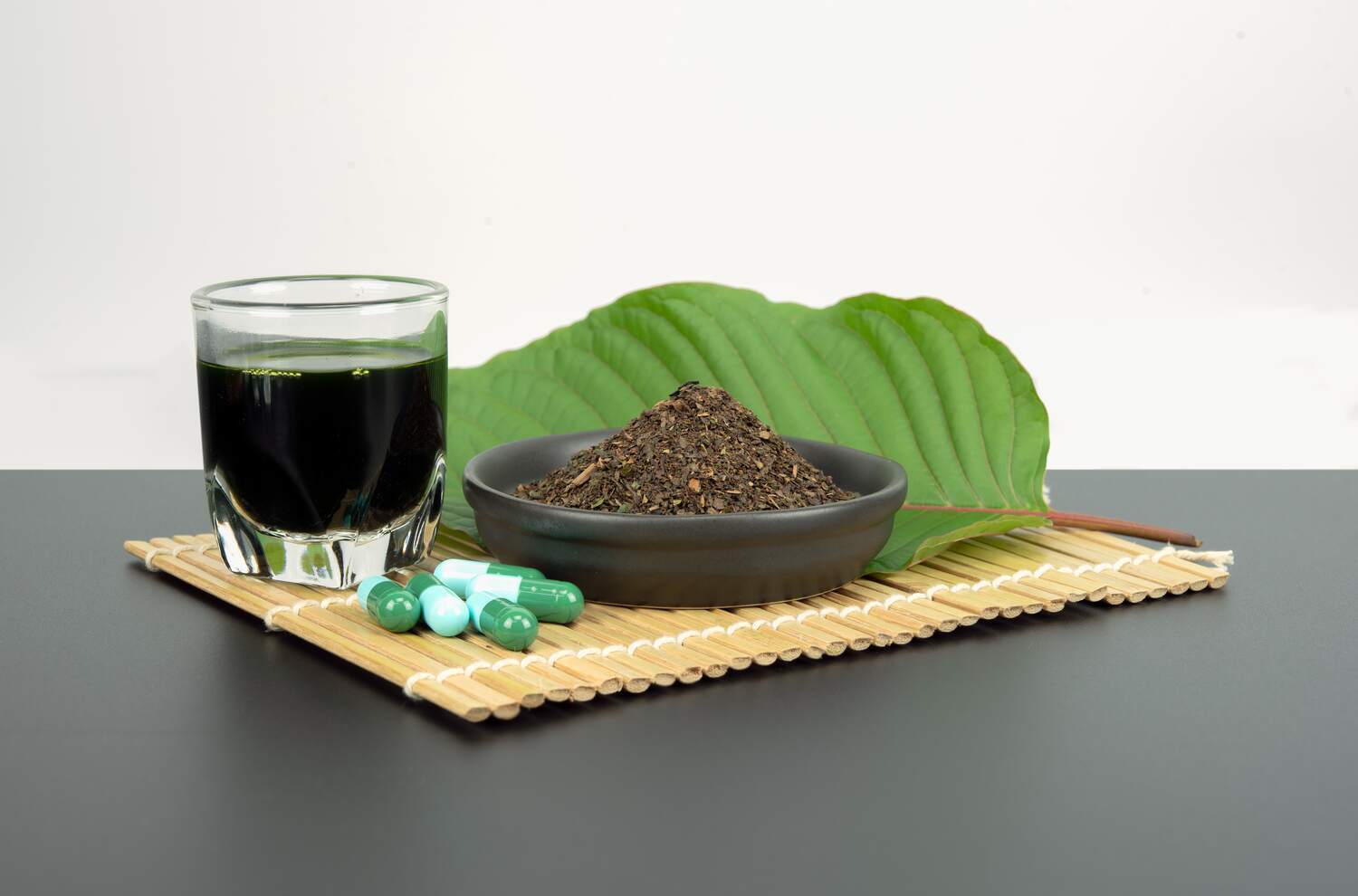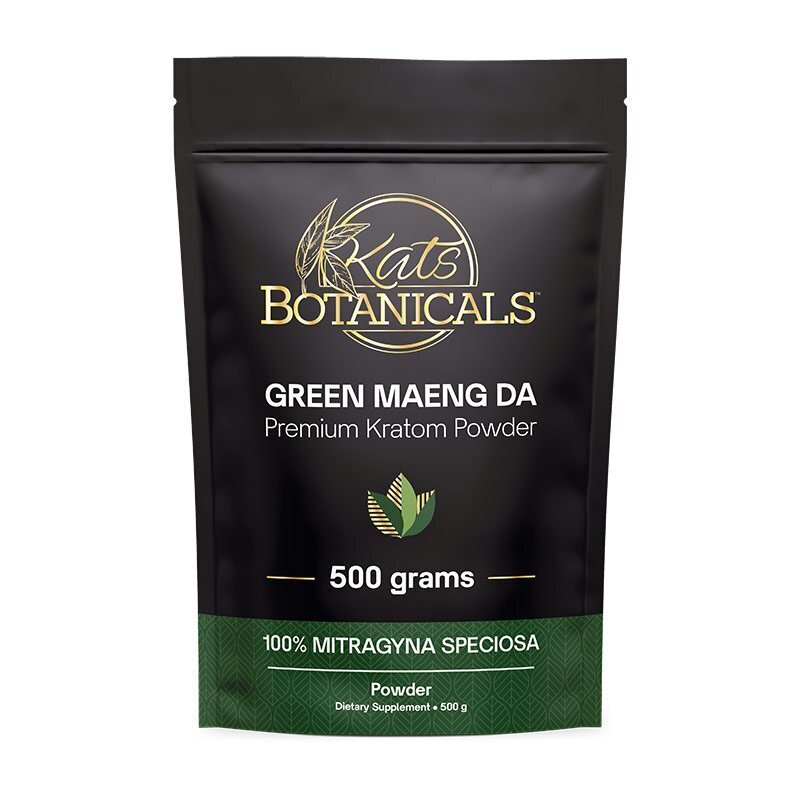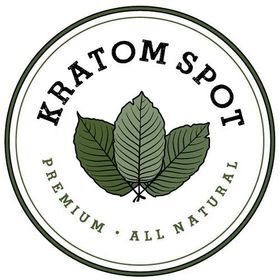Kratom is an evergreen tree that grows in Indonesia, Thailand, and other countries of Southeast Asia. Preparations made from kratom leaves have been used to alleviate pain, fatigue, depression, anxiety, and other symptoms.
Kratom is also a popular alternative to opioid drugs, particularly for people who are addicted and suffering from opioid withdrawal.
You may have heard that kratom has many different strains. The truth is that all kratom leaves come from the same plant, and the specific strain is determined by how the kratom leaves are dried and blended.
Read on for a detailed kratom strain chart and the truth behind different strains.
Kratom Strain Myths
It’s still widely believed that each kratom strain comes from slightly different plants, similar to how cannabis has dozens of strains with varying compositions of active ingredients and differences in flavor and appearance.
A related myth is that there’s a difference between horned and regular kratom leaves.
However, scientific data suggests that all kratom, regardless of its color, strain, or leaf type, comes from the exact same plant.
Leading kratom researcher Dr. Christopher McCurdy and his team have tested different strains and leaf types of kratom, finding that they had almost the same chemical composition and ratio of alkaloids, the main active ingredients.
Instead, the color differences come from how the kratom leaves are processed.
Another popular myth has to do with kratom vein coloration. Veins are the vascular tissue that you can easily see on the leaves of most plants, with one large central vein and smaller ones branching off to the left and the right.
There’s a popular belief that red, green, and white kratom strains refer to the vein color of the leaves when they’re harvested.
However, the reality is that the kratom leaves go through all three colorations depending on their age and there appears to be no difference in their chemical composition.
On top of that, the vast majority of kratom leaves are harvested when their veins are red, providing further proof that vein color has no impact on the final product.
Kat's Botanicals
Green Maeng Da Kratom Powder
Redeem code save15 for 15% Off Coupon
The Main Kratom Strains Explained
There are three main kratom strains or categories: white, red, and green. Additionally, a new yellow or gold kratom recently became available.
These refer to the color of the powdered kratom leaves and are the result of how they’re processed, rather than the color of the vein.
Each strain is believed to have different effects as a result of its unique drying process.
White Vein Kratom
Allegedly, white kratom is made by drying the leaves indoors with zero light. Another possibility is that producers take regular red and green powder and mix it with dried kratom veins, which have a white color.
Whatever the case, white kratom is considered to be the most stimulating and mood-enhancing strain.
Most people use white kratom in the morning in a similar way to coffee — to help them wake up and get a boost of energy and motivation to start the day.
This isn’t that surprising as kratom comes from the same plant family as coffee, the most widely consumed stimulant in the world. ¹
Red Vein Kratom
Red vein kratom allegedly gets its color from the leaves being fermented or left to dry in the sun or in front of a UV lamp.
This type of kratom is reported to have more sedating, relaxing, and pain-relieving effects. As such, it’s a popular choice for relieving anxiety, stress, insomnia, and chronic pain.
For these reasons, red kratom is best used in the evening. There’s also a special type of red kratom called Bentuangie.
Green Vein Kratom
Green kratom is supposedly made by drying the fresh leaves indoors and then outdoors.
The effects of this strain are somewhere between the stimulation of white and sedation of red. That’s why it’s typically recommended to use this strain during the day.
Yellow Vein Kratom
The newest addition to the three main colors is yellow or gold kratom. The fact that this strain did not exist until recently provides further proof that kratom strains are not different plants or vein colors but simply the result of specific processing methods.
Allegedly, this coloration is achieved by either drying the leaves in a similar matter to red kratom or mixing the other colors.
As for the effects, yellow kratom is considered to be similar to green.
Understanding the Effects of Different Kratom Strains
Despite the proposed anecdotal differences between white, green, and red kratom, some users report that they get the same or similar effects regardless of kratom strain.
This is consistent with the user reports published by research studies, which suggest that all types of kratom can have stimulating, sedating, mood-lifting, anxiety-reducing, euphoric, and pain-relieving effects. ²
Additionally, it’s believed that kratom is stimulating in low doses and sedating in higher doses. ³
As such, one possible explanation for the different effects of the three color strains is that white kratom is simply less potent, whereas red kratom is stronger. Another possibility is that the varying effects of kratom strains are simply the result of different batches.
Since kratom is a natural product, every batch of it will be slightly different due to a myriad of factors, such as the soil conditions, the amount of sunlight or rain it received, or natural genetic variability.
Still, aside from researchers suggesting that all kratom strains have the same chemical composition, we simply don’t know enough at this point.
Regional Kratom Strains
Aside from characterizing kratom by its color, kratom strains are also named after their supposed geographical origin: Maeng Da (Thailand), Bali (Indonesian island), Malay (Malaysia), Indo (Indonesia), Borneo (Indonesian island), Sumatra (Indonesian island), and Thai.
Each of these is assigned one of the three main colors to come up with strain names such as Green Malay or Red Bali.
Unfortunately, these names are just made-up marketing terms that don’t reflect where the kratom was grown.
The truth is that the vast majority of kratom is sourced from the island of Borneo in Indonesia, with virtually no plants coming out of Thailand, Malaysia, Vietnam, and Cambodia.
The kratom leaves are collected from thousands of Indonesian farmers and harvesters, brought to large processing facilities, ground into a fine powder, and separated into batches.
Next, the kratom producers allegedly mix different colors of kratom to create a specific “blend” that they give a unique name, such as Red Bali.
This explains why many kratom users are disappointed when they purchase the same strain expecting the same effects they got the last time. The batch is different, so the effects are also different.
Enhanced Strains
One of the latest additions to kratom is the so-called “enhanced” strains, which can come in all of the color and regional varieties we discussed earlier.
These are supposedly made by adding a kratom extract rich in alkaloids, the herb’s main active ingredients, to regular leaf powder to make the product more potent.
This extract is different from regular leaf powder because it’s processed to remove inactive ingredients and concentrate the alkaloids.
Again, the issue here is that there’s no proof that enhanced products actually contain more alkaloids and are stronger than regular kratom.
While it’s possible that some vendors infuse their products with more alkaloids, it might also just be a marketing tactic to charge higher prices.
For a quick summary of all the strains we’ve discussed so far, check out the kratom strain chart below.
Kratom Strain Chart
| Strain |
Main Effects |
Alleged Production Process |
| White |
Stimulation, energy, mood enhancement |
Drying leaves with no light or mixing kratom veins |
| Red |
Sedation, relaxation, pain relief |
Drying and/or fermenting leaves in the sun
|
| Green |
Middle ground strain that's less stimulating than white and less sedating than red |
Drying kratom leaves indoors and then outdoors
|
| Bali |
Standard effects with three color varieties |
Depends on color |
| Maeng Da |
Widely considered the strongest strain of kratom, with three color varieties |
Depends on color |
| Borneo |
Standard effects with three color varieties but best known for white Borneo |
Depends on color |
| Sumatra |
Standard effects with three color varieties |
Depends on color |
| Malay |
Standard effects with three color varieties |
Depends on color |
| Indo |
Standard effects with three color varieties |
Depends on color |
| Thai |
Standard effects with three color varieties |
Depends on color |
| Enhanced |
Stronger effects with three color varieties |
Adding alkaloid extract |
| Yellow/Gold |
Similar effects to green kratom |
Drying leaves similarly to red or mixing other colors |
| Bentuangie |
Similar effects to red kratom |
Similar to red |
Choosing the Best Kratom Strain
The bottom line is that kratom strains are largely the invention of Indonesian producers and the American vendors that purchase their products.
All kratom strains come from the same plant and are almost always sourced from Indonesia, with the only difference being in how they’re dried and blended. That’s why it’s better to refer to them as blends or varieties.
Having said that, there might be some truth to the differences in the effects of white, green, and red kratom. That’s why our kratom strain chart stresses the importance of color over the misleading geographic origin.
However, more research needs to be done before we have a scientific explanation for the supposedly varying effects of different color strains.
For now, we recommend choosing the color with the effects you’re looking for and ignoring the exotic strain names.
Featured Brand
If you’re interested in trying kratom, you should check out our Kratom Spot review to see your product options.
Redeem code KSPOT15 for 15% Off Coupon Code
Gleb Oleinik is a freelance CBD & cannabis writer from Vancouver, Canada. He’s read thousands of studies about cannabinoids and other beneficial natural compounds, helping him translate complex science into plain language. He’s also written third-party lab test reports of CBD products and knows the industry inside and out. When he’s not writing, Gleb likes to spend his time in the gym and out in nature.



